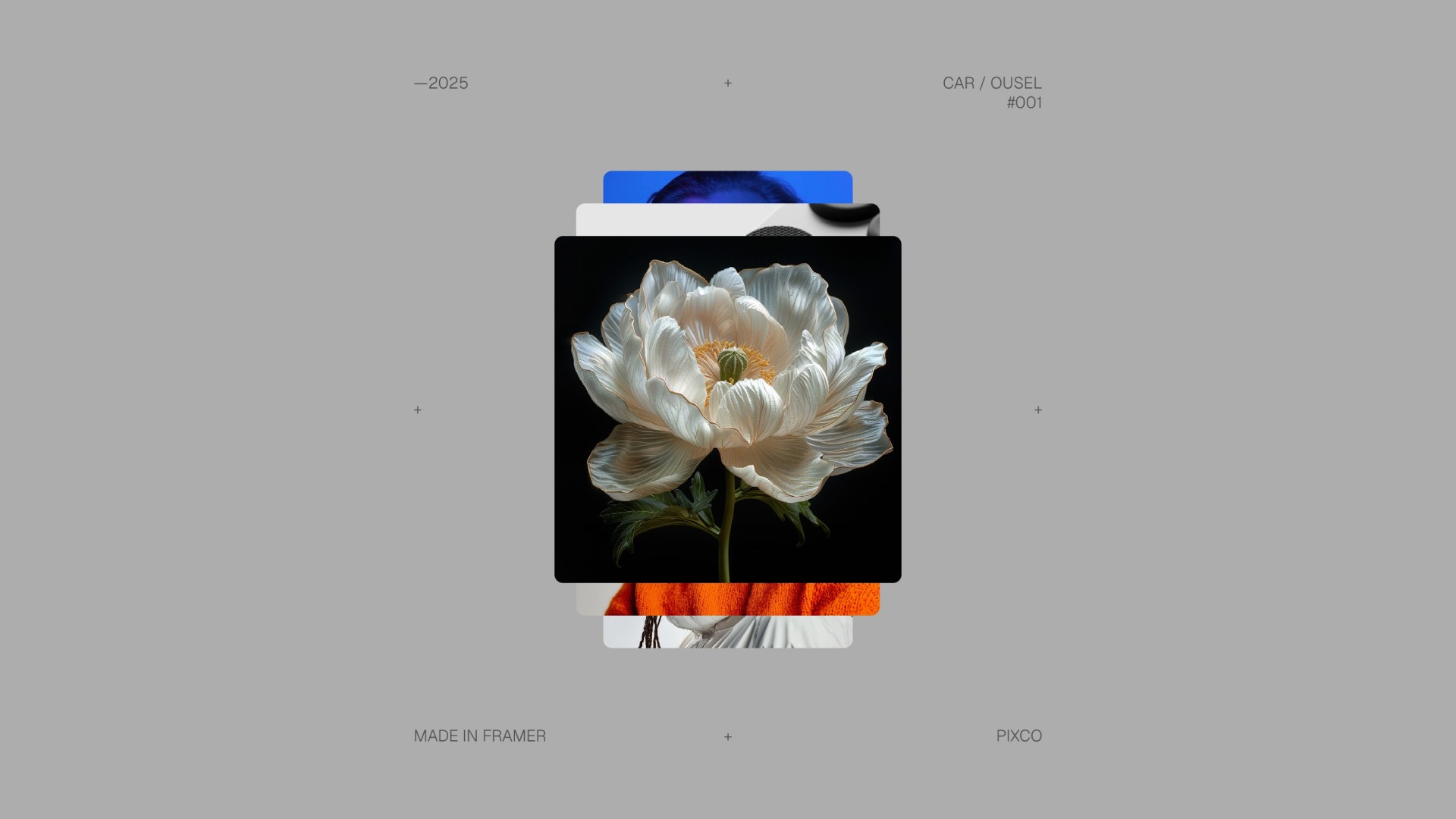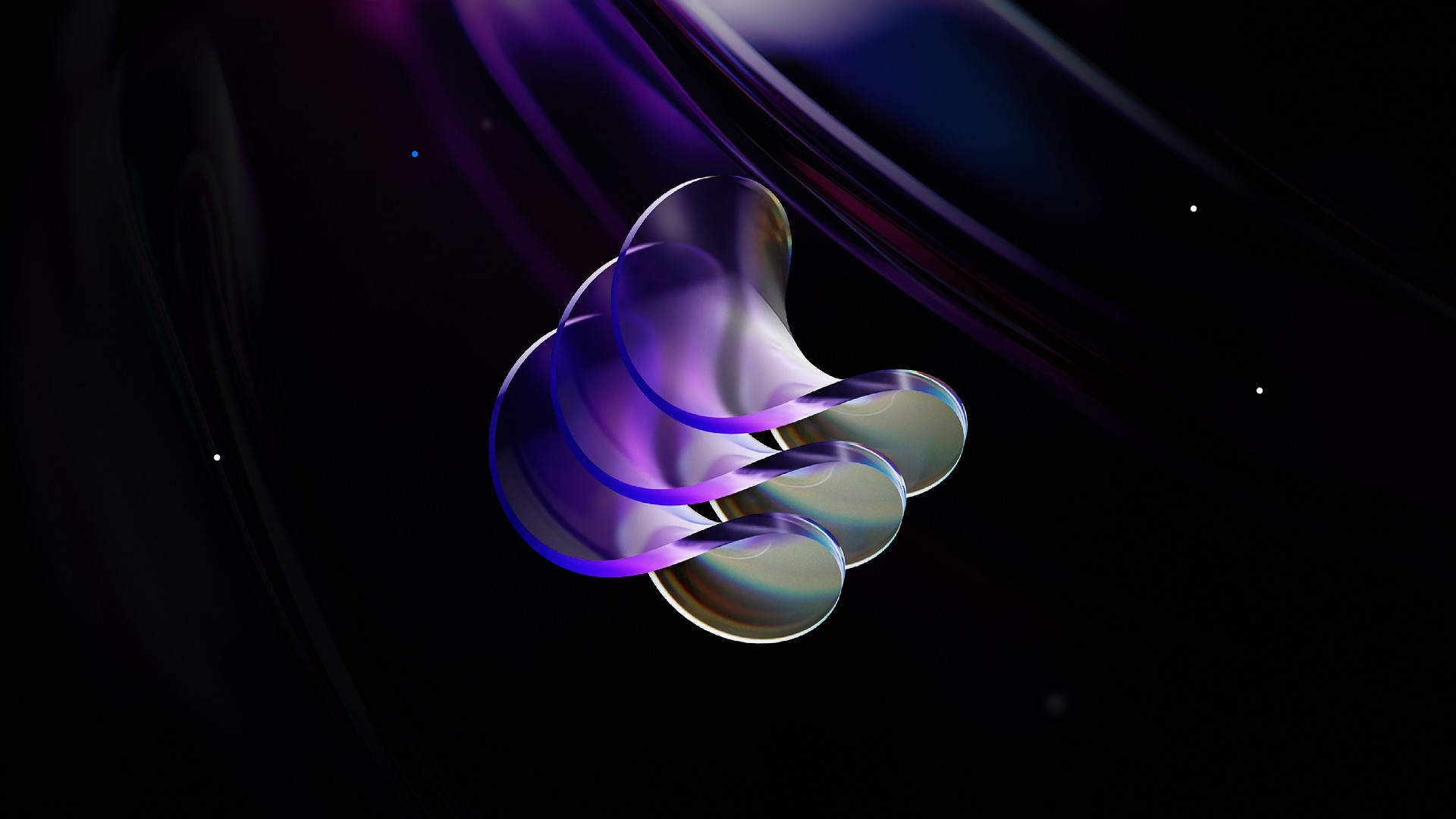Introduction
After diving deep into Framer’s Workshop AI, my whole process for making interactive designs feels different.
Let me share the highs, the lows, and why it feels so impressive for creating Framer resources specifically components that you can use in your Framer templates, personal projects or even client work.
What Is Workshop AI in Framer?
Framer has this awesome built-in tool that basically kinda reads your mind. You just tell it what kind of component you want, and boom, it creates a fully working version. No coding, no extra apps, just your idea brought to life.
What Makes Workshop AI So Exciting
Over the past year, I’ve explored a ton of AI tools, and most of them only give you rough drafts or unfinished pieces. Workshop AI takes it a step further by producing ready-to-use components that come with adjustable settings, just like anything else in Framer.
You can choose between different AI models (Claude, GPT…) that have all been trained to be case specific to Framer and its environment so you don't have to worry about explaining to the AI what a Framer component looks like or what kind of Property Controls it should use.
Starting Your Workshop AI Adventure
Getting started is a breeze. Press ⌘ + K, type “Workshop,” and a chat box pops up where you can tell it exactly what you need.
Send your instructions, and in just a minute or so, you’ll see a working component appear. You can keep chatting to fine-tune it until it feels just right.
It’s kind of like having a super-smart design buddy at your side, turning a quick idea into a fully built interactive piece in just a few minutes, even for the trickier stuff.
Crafting Prompts That Actually Work with Workshop AI
The trick is keeping your instructions clear and focused—too vague, and you’ll get generic results; too specific, and you can squash creativity.
Here’s a simple framework I follow:
Goal: “Build a [type] component that [main function]”
User Actions: “People should be able to [specific interactions]”
Design & Layout: “Include [styling or layout details]”
Adjustable Features: “Add settings for [elements you might want to tweak]”
Not-so-great example: “Create a contact form”
Not-so-great example: “Create a contact form”
Better example: “Design an interactive contact form for a portfolio website. Include fields for name, email, phone number, and message. Add a dropdown for inquiry type (general question, project request, collaboration). Show a live confirmation message after submission and include a ‘Send Message’ button that changes color when hovered over.”
Things to Watch Out For
Being too rigid with instructions
If you try to control every little detail, you’ll limit what Workshop AI can create. Give it room to interpret and surprise youNeglecting responsiveness
Don’t forget to check how components look on tablets and phones. A design that works on desktop might break elsewhereOverlooking past conversations
Workshop remembers your previous prompts. You can reuse or build on them instead of starting from scratch every timeExpecting perfection on the first try
Sometimes the first output won’t be exactly right. Iterating with small adjustments often produces the best results
When to Use Workshop AI and When to Skip
Better to pass on for these scenarios:
Unique brand effects that need very specific styling
Components that require heavy optimization for speed or memory
Components that require compliancy, for example GDPR and data handling
Security related components, for example components that require accessing an API
Great situations to use it:
Interactive forms or calculators that respond to user input
Dynamic lists or galleries that update automatically
Anything that normally takes a lot of manual setup or coding to function
Conclusion
Workshop AI feels like having a creative sidekick inside Framer. It takes care of the heavy lifting so you can focus on ideas, not code. Whether you’re putting together a portfolio site, shaping an agency Framer template, or just experimenting, it helps you turn concepts into interactive pieces way faster than doing it all manually.
The secret is to give it clear directions, play around with the outputs, and build up your own stash of go-to framer resources. Do that, and you’ll end up with a toolkit that makes every new project smoother and more fun to create.
At the end of the day, it’s not just another feature, it’s a partner that helps you bring your best ideas to life without slowing you down.

















